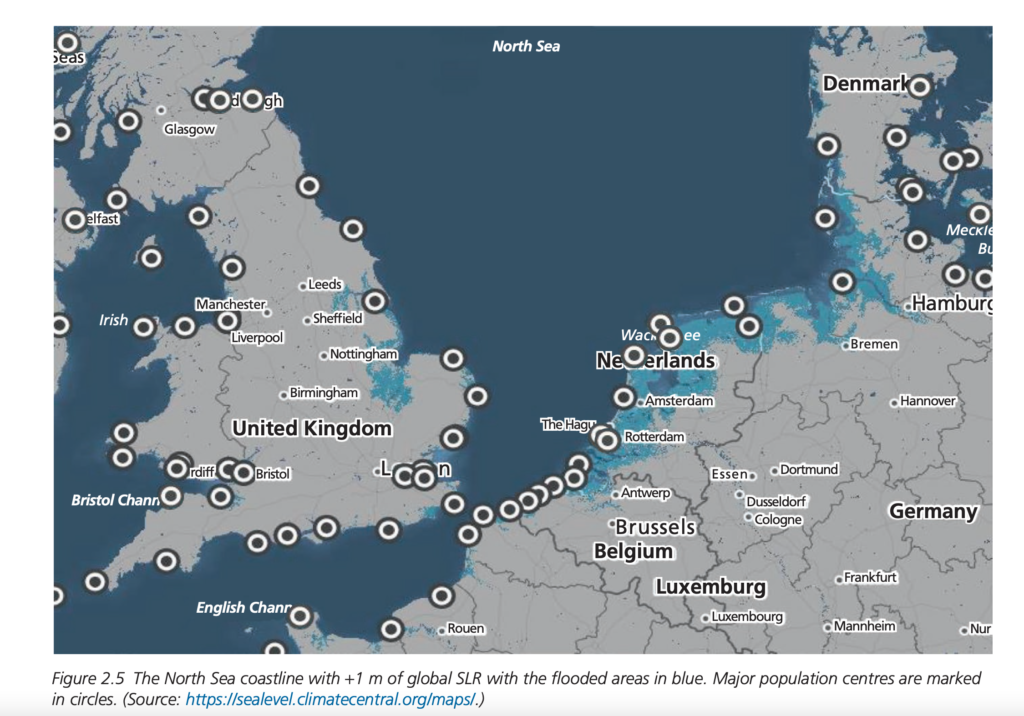 Translated from the Norwegian press release at the Bjerknes Centre for Climate Research
Translated from the Norwegian press release at the Bjerknes Centre for Climate Research
Tor Eldevik leads EASAC report, “A sea of change: Europe’s future in the Atlantic realm”.
In the report an international panel of experts goes through the changes seen until now in the Atlantic Ocean, and what we can expect of climate change. But there is also a potential in being the closest neighbour to our western ocean.
The report is published by EASAC, the European science academy advisory council. The panel of experts is led by Tor Eldevik, Professor at the University of Bergen and the Bjerknes Centre for Climate Research, and Deputy Leader in the BCPU.
A potential in climate prediction
The report shows how fluctuations and trends in the Atlantic Ocean affects the climate in Europe and both the environment and resources in the ocean and on land.
“The report is very clear about future climatic risks, but equally focuses on the future benefits we can harvest from better understanding of the relations between the state of the Atlantic and climatic conditions over Europe that affects everything from the supply of renewable energy to fisheries,” says Tor Eldevik.
He emphasises how this knowledge can be used far better than it is now. Climate predictions developed today have the potential to predict cod movements between years, including movements out of Norwegian fisheries sectors.
To power companies the knowledge of how westerlies in the Atlantic Ocean (NAO index) affect Norwegian hydro power production can also be useful.

Climate risk
Tor Eldevik points out how future changes in the ocean are connected to how successful we are at mitigating global warming.
“If we succeed in keeping the average warming to 1.5°C, then Antarctica may continue melting at current rates; but overshooting the 2 °C Paris Agreement target towards 3°C may lead to Antarctic melt alone add 0.5 cm a year by 2100,” he says.
Sea level rise have regional differences, but to the many million people living by the North Sea Basin, accounting for a meter rise in sea level.
Cities along the coast of the Netherlands, Germany, Denmark and Great Britain will be affected greatly.

Central points in the report
- Sea level rise
On average, the sea level has risen 11-16 centimeters in the twentieth century.
Europe must prepare for up to one meter sea level rise by 2100. Storm surges on a level we now expect every 100 years, could be yearly by 2100 if CO2 emissions continues as today. Ice melts on Greenland and the Antarctic contributes to sea level rise, as well as glacial metling in warmer areas and sea water expanding with heat. There is uncertainty linked to melting on Greenland and the Antarctic which needs to be followed closely. - Renewable energy
Wind, weather and precipitation over Europe, and especially the Norwegian coast, kan be linked to the ocean. The strength of the Gulf Stream and the westerlies over the Atlantic Ocean affects the severity of wind and precipication over Europe, including the Norwegian coast. This knowledge is critical to predict climate fluctuations for the coming years and seasons – which in Norway is especially useful to power companies, both wind and hydro energy production. - Ocean acidification
Temperature increases leads to fish stocks moving, uptake of CO2 makes the ocean more acidic, which changes the living conditions for life in the ocean. If the current emissions of climate gases is kept up, we will reach a level in 2100 that is uninhabitable. - Ocean circulation, ocean streams and the Gulf Stream giving us a milder climate
Speculations that the Gulf Stream will stop are excessive. But the Gulf Stream strength are connected to climate in Europe and Norway. A decline in heat transportation of 20% is expected further South in the Atlantic this century, but as far North as Norway we are likely to see an increase in the stream and a continued heating of the ocean.
